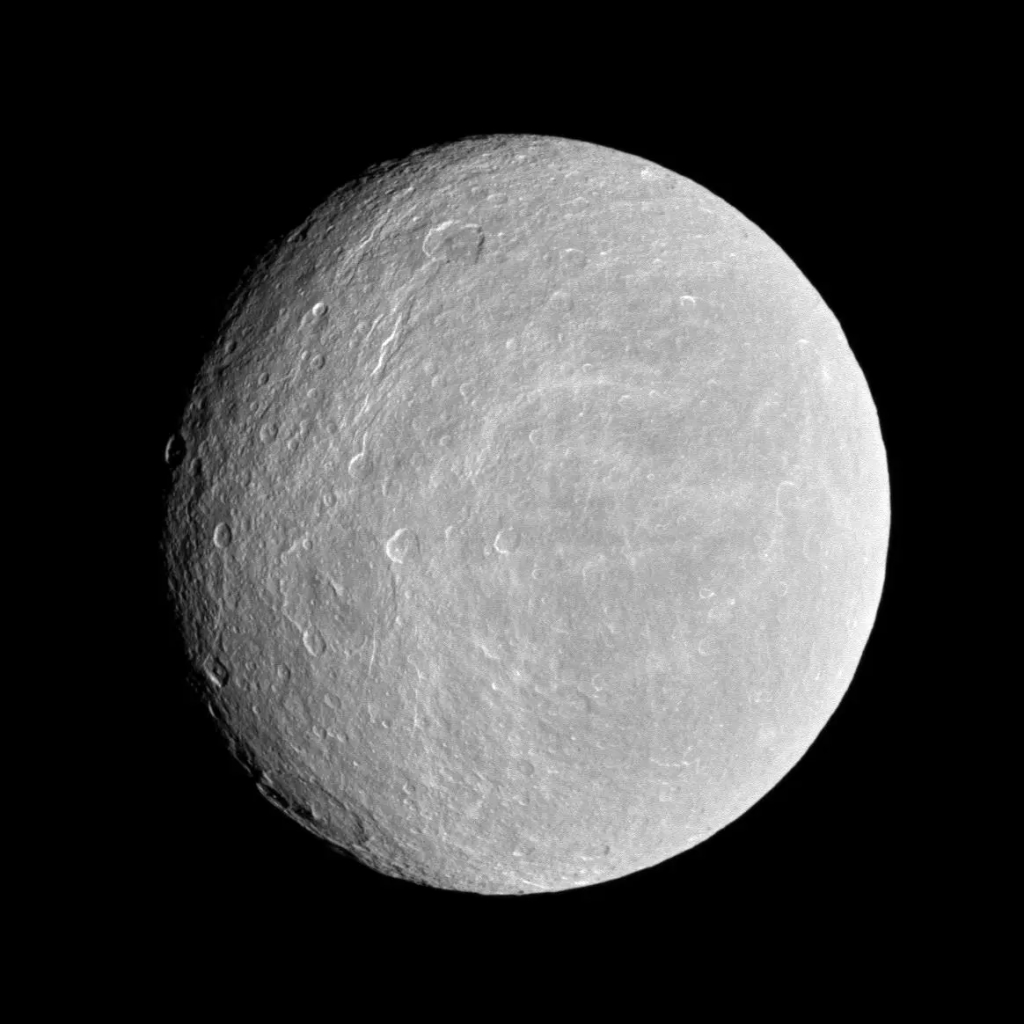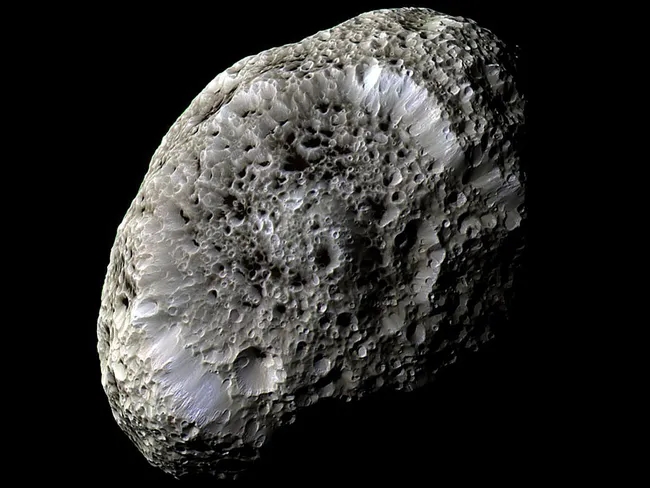It’s the moment you have all been waiting for! No, the ICC Men’s T20 World Cup has already started. No, the 2024 UEFA Championship just started over the weekend. No, sorry, the 2024 Copa América begins later this week. Alright, I’ll tell you, Some Geek Told Me’s Tour of the Solar System is back, baby!
Settle down, I know it’s exciting, but let’s look back on the past entries on the world’s worst tour.
1.) Meet the Family
2.) The Sun
4.) Mercury
5.) Venus
7.) The Moon
8.) Mars
10.) Ceres
11.) Jupiter
12.) The Galilean moons
13.) Saturn
14.) Titan
As usual, not everybody is excited about the tour. After reading my post about Titan, The New Zealand Sour Cream and Chives Preservation Society felt the need to comment on it:
“For a blog about Titan, written by a person whose intelligence is in the negatives, he talked more about space probes than Titan. Nobody cares about his pro-Salt and Vinegar agenda, or the differences between rotational and orbital periods. He is an embarrassment, not only to his family and community but also to New Zealand. Utterly shameful and disrespectful.”
Wow, I wonder if the New Zealand Sour Cream and Chives Preservation Society will ever tell us how they really feel. Moving on from those haters, let’s discuss the Moons of Saturn. Yes, we’ve already talked about Titan, but that’s just the beginning of the fun.

Saturn is a glorious overachiever. Not only does it have a beautiful ring system, it has more moons than any other planet in the Solar System. To the best of my understanding, Saturn has at least 146 confirmed moons, and just like Pokémon, each one is different and unique.
I’m not going to talk about all of them, mainly because I need to eat and sleep. However, these are some of the coolest and most noteworthy of them.
Rhea:
Rhea has a diameter of 1,528 km, making it the second-largest moon of Saturn, after Titan. It was discovered by Giovanni Domenico Cassini in 1672, and you might remember Cassini and the Cassini space probe from the Titan blog. Due to its craters, it’s easy to mistake Rhea for our Moon, although it has a low density since it is 75% ice and only 25% rock.

NASA/JPL/Space Science Institute
Iapetus:
Iapetus was another moon discovered by Cassini, this time in 1671. Iapetus has a diameter of 1,469 km, making it the third-largest moon of Saturn. This moon is famous for two main reasons: the first is the equatorial ridge, a mountain feature that is 20 km high and runs along the equator for 75% of the way around the moon.
The second feature is its distinctive colours, which make it look like someone spilt green paint across it or it’s being attacked by some killer space fungi. Cool stuff!

NASA/JPL-Caltech/Space Science Institute
Enceladus:
Enceladus may not look like much at first glance, but you would like to swipe right. It’s the sixth-largest moon of Saturn, with a diameter of 500 km. It was discovered by Friedrich Wilhelm Herschel in 1789; so remember Herschel’s name, because we’re going to talk about him on the next tour stop.
Enceladus is one of the most reflective objects in the Solar System, mainly because the surface is covered in ice. In addition to this, Enceladus also has cryovolcanoes, where instead of erupting lava, they eject things like ice particles, water vapour, and molecular hydrogen at high speeds and altitudes.
Using computer modelling and data from Cassini, scientists believe Enceladus has a gigantic subsurface ocean. This has led them to believe that the moon may harbour microorganisms in the ocean, just like Jupiter’s moons of Ganymede and Europa.

Mimas:
Mimas has a diameter of 396.4 km, but there’s something very familiar about it. The moon is the seventh-largest of Saturn, and it was discovered by Herschel in 1789, just a few weeks after discovering Enceladus.
The most amazing thing about Mimas is that it looks like the Death Star from Star Wars. For all we know, Mimas is a planet-killing space station, and Saturn’s rings were made from the corpses of Mimas’ victims. Maybe. Also, scientists believe Mimas has a subsurface ocean as well.

Hyperion:
The eighth-largest moon of Saturn is Hyperion, with a diameter of 121.57 km. Hyperion’s discovery is unique, because William Lassell observed Hyperion in 1848, two days after the team of William Cranch Bond and his son, George Phillips Bond. The interesting thing is that Lassell had already come up with the moon’s name, along with beating the Bonds to publication.
I find Hyperion fascinating for a few reasons. First, its name is pretty awesome. Second, its shape is irregular and does not have hydrostatic equilibrium. The massive 10.2 km deep crater on Hyperion is particularly noteworthy. While many people have described its appearance, I’ll let you use your imagination for that.

Prometheus:
Prometheus is on the list since it’s similar to Hyperion. It has a diameter of 86.2 km, and it was discovered in 1980, from photos taken by the Voyager 1 probe. Prometheus is such a wicked name for a moon, but it has something else going for it.
Although it is the 12th-largest moon of Saturn, Prometheus is an irregularly shaped elongated rock, that has ridges and valleys. To put it bluntly, it looks like a giant space potato. I love it.

NASA/JPL-Caltech/Space Science Institute.
There are hundreds of Saturn’s moons to discuss, but I need a lot more beauty sleep. What’s your favourite moon of Saturn? As always, please let me know.
Thanks again for reading, following, and subscribing to Some Geek Told Me. I can also be found hanging out on Twitter and Mastodon, trying to sound cool. Please don’t forget to walk your dog, read a banned book, watch the UEFA Championship, and I’ll see you next week for a special announcement. It’s not that special though.
